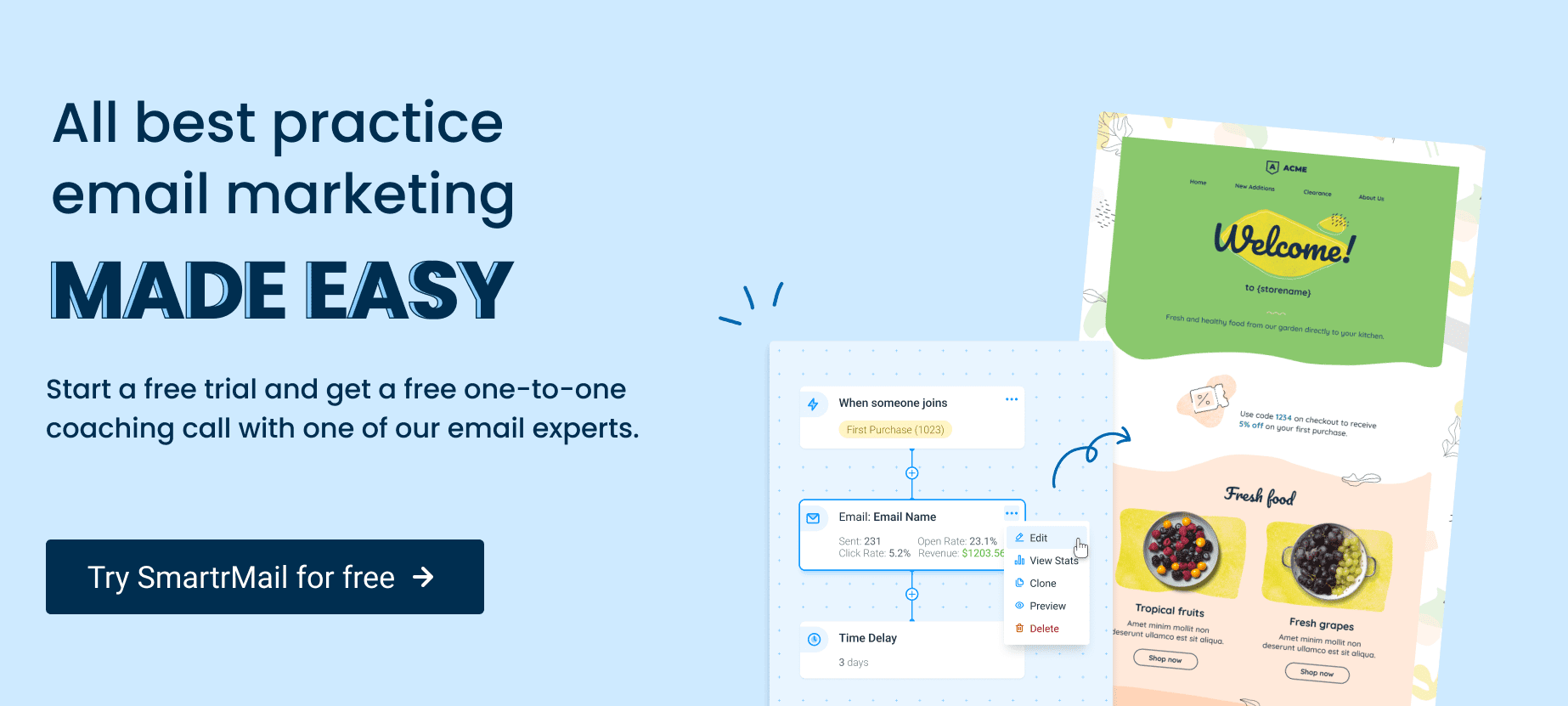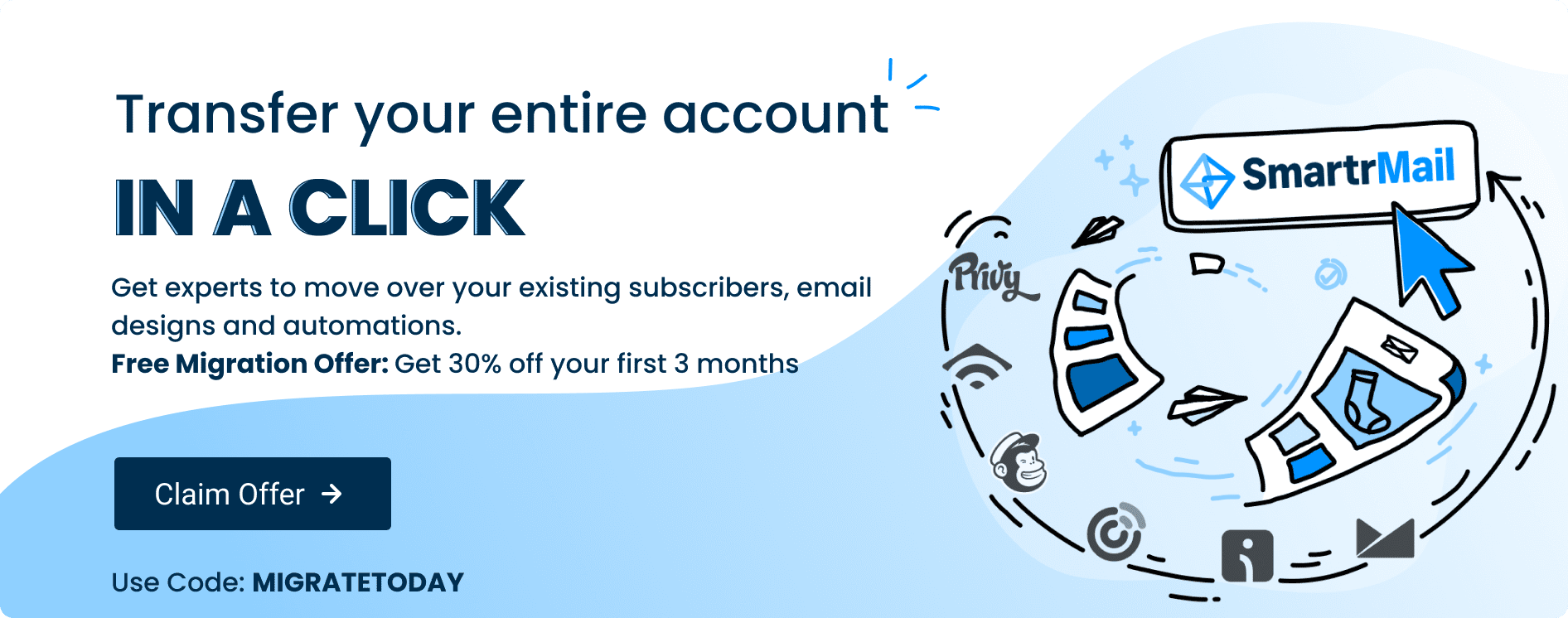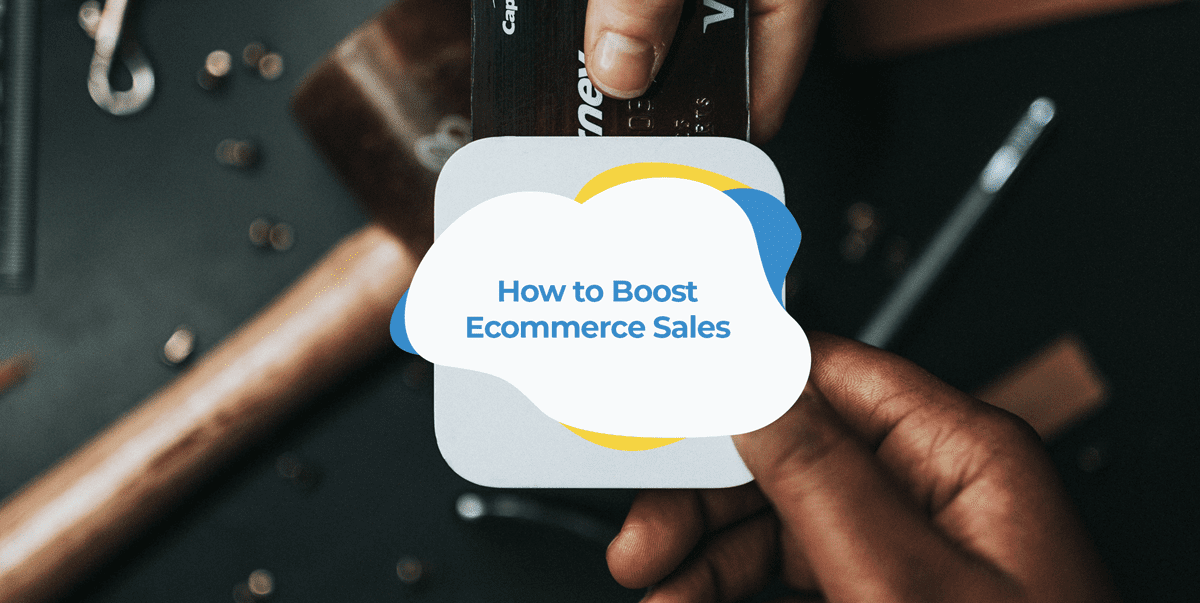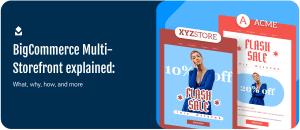Nurturing your potential customers is an overlooked aspect of digital marketing. Depending on what you sell, you may need a protracted process to nurture and nudge your potential customers toward a sale
Email marketing is one of the most effective ways to nurture ecommerce buyers and turn them into regular customers. Over 91% of US consumers use email everyday. However, major online stores in the US are yet to use this channel to its full potential.
In this article, I am going to touch upon the fundamentals of crafting the right email marketing strategy for your ecommerce store. So, hop on.
First trick in the book: Automation
The cool thing about email marketing is that a lot of this can be automated.
Automated email marketing can work in your favor when there’s clarity on how email can help in conversions and increase online sales.
Also, this works when you have a limited number of SKUs, and a definite buying cycle. Why? Because, you can create a drip campaign where you take your subscribers one step closer to becoming a buyer.
It’s a good idea to set up unique landing pages that align completely with your drip campaign messages – this enhances user engagement and experience, leading to better sales.
Another reason to prioritize email marketing automation is it nurtures potential customers without intervention. Because your emails can be personalized, it’s easier for your email recipients to relate to your message leading to higher interactions and better conversions.
With a clear email strategy, your sales team can get the insights that convert potential customers. The analytics suggest content that engages your readers making it easy to present your business offerings. It also reduces friction, improves customer service and creates a positive perception of your business.
But there are some things to take care of. Addressing your customers with a wrong name or having grammatical errors can show your lack of attention to detail. It could also reflect poorly on how you run your business, and in turn, the experience the customers can expect.
With the right automation strategy, you skip these minor errors by being prepared before the email goes live.

Crafting Winning Emails
There’s a lot you can do to make a compelling email every time you hit send. However, since each email can have a different goal, we outline the basics you need to cover to craft a winning email every time.
Clear Goal: Set a clear goal or objective for each email. This way, your email marketing team or individual knows what the email should look like once it is ready to go out. Aligning your business goal to each email means your email subject line and body reflect the same purpose without sounding vague or pushy.
Concise: Unlike other digital marketing channels like social media, content marketing or even sales calls, you don’t need to set a context before diving into the email. Brevity works best in an email because it sends out a signal that you value your customer’s time and give them precisely what you promise in your subject line.
White Space: An overlooked aspect of successful email marketing is to make it easy for the customer to scan through the email. Truth be told, your customers are not clinging on to every word you say. They are mostly browsing through.
Have sufficient white space to make it easy to scan and read your email or you are going to lose them.
Outbound Links: It is only natural that your email should talk about your business. But the real connection with your readers can often come when you include your readers in your business, why they matter, and how their opinions matter as well.
Besides linking to your product page or landing page, you could also include links to surveys that ask for their opinion.
Also, complete the loop by including an email share button within your landing page so that it helps them easily share your content with friends and family who may fall in your target audience.
Personalization to target the right customers
When you are creating an email strategy, make sure to take a look at your analytics. It can give you detailed insights into why some customers interact with your brand and why others won’t mind skipping your emails.
Personalization is a crucial factor when you want your message to resonate with people. People that enter your marketing funnel are often at different stages of the customer journey.
While some know and trust your brand and want to know more about your business, others are still in the awareness stage and need more information to understand your business better.
Some ways to personalize to target the right customers include using customer personas to know their preferences, segmenting the customers, and tailoring campaigns to their needs.
Depending on what you sell, psychographic profiling can also help craft a compelling message. This is primarily looking into things like why someone prefers one product over the other, or why your message resonates more with men than women.
On the other hand, if another segment prefers social proof, then testimonials and using words like ‘renowned’ or ‘popular’ can optimize your email copy.
Right time to send emails to boost ecommerce sales
There are four primary time slots in the day when emails get more opens and get a customer’s attention.
6-8 am works well for those looking to start their day with emails and move with other work. 10 am for those who want to catch up with any important email in the day. 2 pm is ideal when people are at their lunch break and prefer to break the monotonous work mode. 8 pm works well for people looking to unwind and close the day on any critical tasks.
While these are theoretically the best times to hit the subscriber’s inbox, your success also depends on what you sell, and who you are competing with for attention.
Some product categories work well during work hours; while some others get more attention during the evening hours.
The key here is to test and see the best time to send emails, mostly a little before or after these known time slots making it easy for your customers to notice your emails.
The different ways to reach an ecommerce audience
Email automation allows you to send time-based or action-triggered emails, making it easy to approach your segmented list with the relevant information. It also helps to grow your email list and engage your audience.
Welcome Series
Your welcome series is where you introduce your business to your customers. There can be no better place to show why you care for your customers than showcasing how your business is positioned to help them in more than one way.
Presenting your offers either in one email or a series of emails is ideal. The best time to send the welcome series is right after the subscriber has confirmed the email giving the subscriber another reason to know you better.
Learn more about welcome series here.
Abandoned Cart Email
Abandoned cart emails are used whenever your would-be customer leaves a product behind in the cart during the checkout process. Automation helps to send out timely reminders on the product left in the cart within a span of one to three hours, creating an easy recall.
Email automation sends reminder emails that can help recover lost sales without manually checking for such instances.
Learn more about abandoned cart emails here.
Win-back emails
If inactive subscribers cost you a lot on your email service provider plan, then it’s time to re-engage them with win-back emails. Approach these emails with a sense of trust rather than a transaction. By doing so, your cold subscribers are likely to warm up to the idea of interacting with your emails.
Learn more about win-back emails here.
Up-Sell and Cross-Sell Emails
As enticing as it sounds, avoid the urge to sell all your products together in an email. Yes, up-sell and cross-sell emails are a good strategy and may spike your sales.
However, unless you factor in what products matter to the customer based on their past purchase, up-sells might not get you consistent results. Also, don’t forget to use images and text to make it easier to make a purchase decision.
Learn more about cross-sell emails here.
Promotional Offer Emails
Everyone appreciates a good promotional offer. But not all offers might appeal to everyone.
Muda is a Japanese term that means ‘waste’ and is a concept in Japanese manufacturing that focuses on removing wasteful processes.
This is something that is highly relevant to email marketing as well. Do not send emails for the sake of keeping a schedule. Focus on the benefit that adds value to your customers, and only keep them in your sequence.
Some examples could be limited-time deals, new arrivals, product launches, and contests.
While creating promotional offers, adding a human touch to your email message makes it easy to create a bond with the reader. You could do so by sending the email from a personal profile instead of using your business email.
When you do this, make sure to include a personalized email signature that can include your latest launches, offers, or even a link to your Instagram page.

Customer Re-Engagement Emails
Once you determine your inactive subscriber list, draw up a customer re-engagement plan to get them back through a series of two or three emails.
Depending on why they subscribed to your list, you can draw their attention to better offers than what they opted for, present a promotional offer, or ask for feedback making it easier to know their stand concerning your emails.
Thank you Email
A thank you email is a fantastic way to keep in touch with your subscriber, especially after purchase. Though not restricted to this one instance, it makes for a tremendous relationship-building exercise, especially if you are celebrating something and you want to make your customer a part of your journey.
It could be reaching a milestone, meeting your goals, or simply being a part of your community and making it thrive.
Learn more about thank you emails here.
Spam trigger words to avoid in email marketing
Before you end your email and send it, make sure to check for any spam trigger words that might make your entire effort to build relationships and sales futile.
Some general themes to avoid are misleading promises, the subject line in all caps, different size fonts, and emails that don’t give the option to unsubscribe. Over the years, spam filters have gotten strong, and these are a few words that may set off the spam filter.
- 100% free
- Free money
- Satisfaction guaranteed
- Don’t delete
- Confidential
- Not spam
- Claims
While these are not entirely misleading, they can land your emails in the spam folder when used without context.
Final thoughts
Email marketing can scare the best of business owners due to stringent email rules and spam issues. However, if you tread the fine line between being pushy and overbearing versus selling to make your product improve your customers’ life, there’s no looking back on the impact and sales it can bring to your business.
By doing so, you are ready to begin and automate your email marketing, so your time is spent on high-priority work for your ecommerce store.








